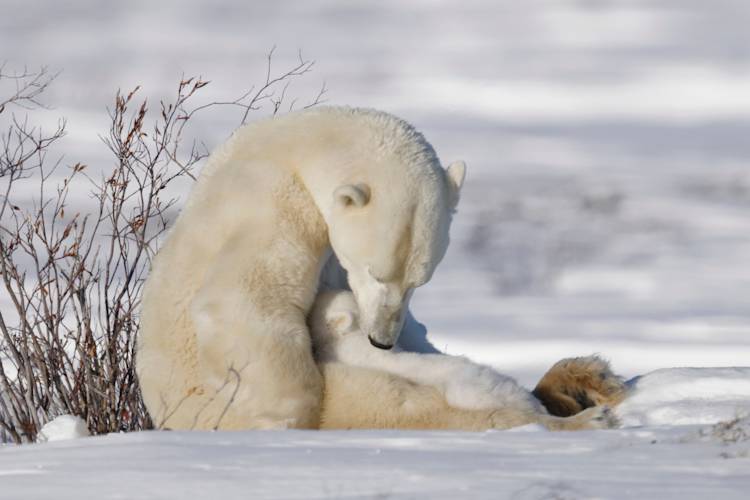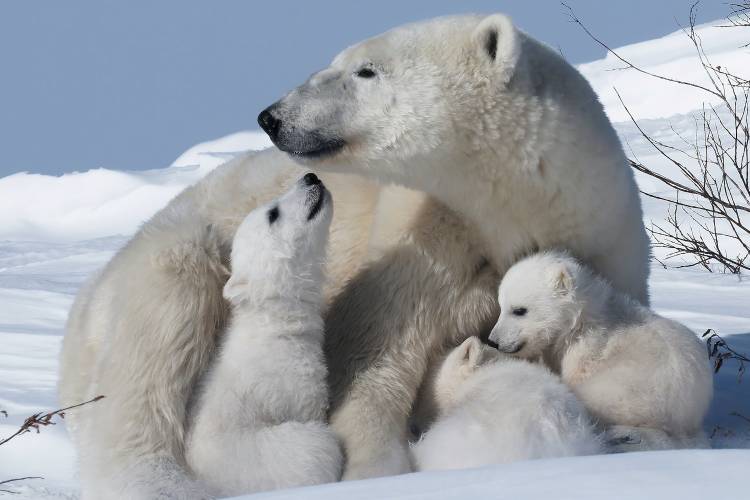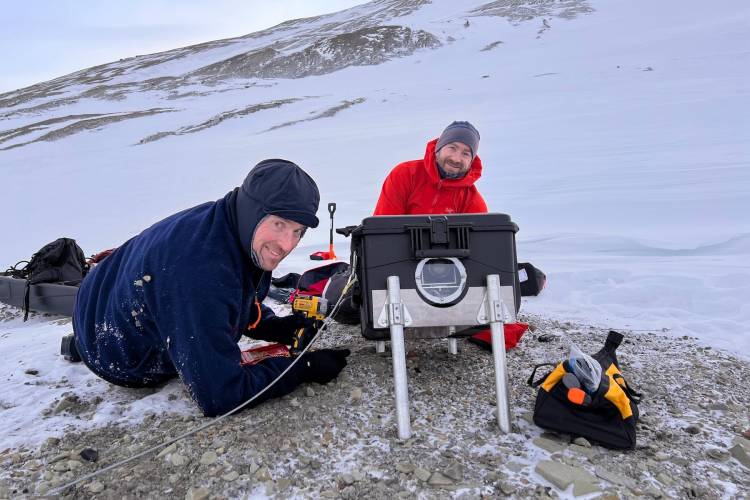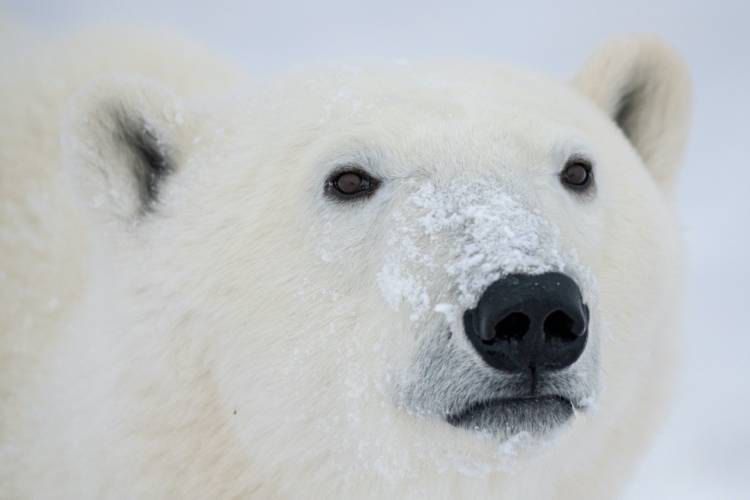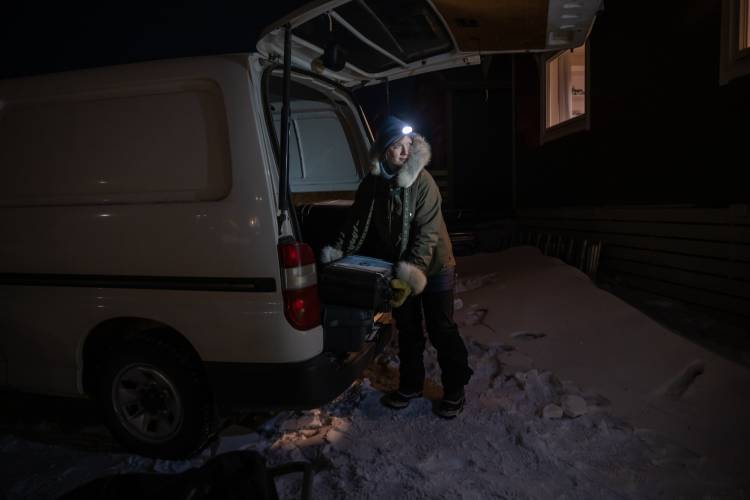Some valuable data
A serendipitous meeting with wildlife scientist and veterinarian Dr. Stephen Atkinson provided a rare opportunity to tackle this question. Sea ice disappears entirely from Hudson Bay in the warmer summer months, forcing the polar bears here onshore. While on land, bears are fueled solely by their energy reserves until temperatures cool and the sea ice returns in the fall. As part of his graduate research on Western Hudson Bay polar bears in the 1990s, Stephen collected milk samples from females with cubs while the bears were fasting on shore during the ice-free season. Along with measuring the composition of the mother’s milk, Stephen and colleagues recorded other important metrics including the body mass, length, age, and fat reserves of each bear.
In a new study published in Marine Ecology Progress Series, Drs. Peter Molnar and Stephanie Penk of University Toronto Scarborough, Dr. Anthony Pagano of the U.S. Geological Survey, Stephen, and I recently revisited this data with some new modeling tools and new questions. For every polar bear family, we calculated how long they had been fasting on land based on that year’s sea-ice breakup date. We then estimated the energy content of the mother’s milk and identified important factors that affected milk energy, aiming to understand whether the bears moderated their lactation investment—and if so, why.
We found the energy content of polar bear milk decreased the longer bears had been off the sea ice and fasting on land. Female body condition also influenced the energy in the milk: Not surprisingly, females with lower energy reserves produced milk that was the lowest in energy. Some of the females had already stopped producing milk entirely when they were sampled, even though they were still accompanied by cubs. Bears were more likely to have ceased lactation the longer they had been off the sea ice, and when they were in relatively poor body condition. This indicated that as females spent longer fasting and burned through their own fat reserves, they were increasingly forced to prioritize their own energetic needs, with less energy available to allocate to their cubs.
However, the age of the cubs also affected milk production: Females with cubs-of-the-year (cubs born that winter, termed COYs) produced more energy-rich milk than females with yearlings (cubs from the previous year). Since COYs require lots of energy to support their fast growth rates but have yet to accumulate sufficient fat reserves to sustain themselves, they are more dependent on their mother’s milk than yearlings. Our study suggested that mothers accompanied by vulnerable COYs continued lactating and produced more energy-rich milk (even when in lower body condition) than mothers of yearlings.




